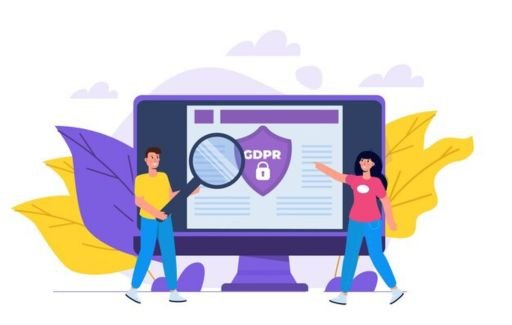


The internet can be a dangerous place if you don't take precautions. Malicious websites can infect your device with viruses, steal your personal information, or expose you to inappropriate content. This guide will teach you how to identify risky websites and search the web more securely.
Before visiting a new site, it's wise to check its reputation first. Here's what you need to know about evaluating website safety:
Checking a site's reputation can reveal potential risks such as:
Protecting yourself takes just an extra minute. Running a quick site reputation check using the tools below can prevent future headaches.
Your favourite search engine provides some visibility into website safety:
Google SafeSearch filters out the most inappropriate or explicit content. Though not completely foolproof, it's a good first line of defence:
When signed into your Google account, warnings may appear next to risky sites in search results. For example:
Take these warnings seriously and avoid clicking.
Extensions like WebDetect display safety ratings for search results. Use them as an extra precaution when risk levels seem unclear.
For deeper investigations into site safety, take advantage of these reputation check services:
BrightCloud provides reputation metrics and categorizes websites:
Norton Safe Web scans sites for threats like malware, phishing attempts, and inappropriate content. It issues safety ratings along with specific risk details.
Website Informer reveals useful reputation insights like:
Google’s Transparency Report shares data on:
Subscribe for updates that may indicate risks related to specific sites or events.

If your website investigation turns up worrisome finds, safer alternatives exist.
Stick to large, established organizations for important services like banking, insurance, education, and healthcare. These companies invest heavily in security and reputation management.
U.S. federal government websites use the .gov top-level domain. State or local agencies also use .gov with region identifiers like .ny.gov or .ca.gov. These sites undergo regular security auditing.
Google SafeSearch provides some protection against dangerous sites. For extra security, try these Google services:
Along with physical safety risks, malicious sites can violate your privacy. Here are smart browsing habits to keep your details secure:
Browsers like Firefox make privacy a priority. Enable tracking protection features and research any available security extensions.
Many sites request access to your computer's camera, microphone, location, or contacts. Deny unnecessary permissions.
Cookies allow sites to save your homepage preferences. However third-party/tracking cookies can be used to record your browsing history without consent.
If you suspect credentials have been stolen from a malicious site, immediately change passwords on any linked accounts.
Incognito browsing prevents sites from saving your history or log in details. It's wise to enable it by default for general browsing.
While services can assess website dangers, your instincts also matter. Watch for these common red flags:
When in doubt, leave the site immediately. Erring on the side of caution protects your interests.
A: Lack of HTTPS encryption does raise security concerns. However, reputable sites like Wikipedia and the New York Times remain safe despite no HTTPS. As always, check reputation rather than assuming risk.
A: In some cases, simply accessing a malicious site can infect devices through vulnerabilities like drive-by downloads. Having updated security software gives the best protection.
A: Signs of infection include increased pop-ups, sluggish performance, unwanted browser extensions, or your browser opening to unfamiliar homepages. Run a scan with anti-virus software if anything seems irregular.
A: Not necessarily. Many reputable sites experience temporary certificate expiration due to technical glitches. Try refreshing the page or returning it the next day. Only assume true danger if the site seems inherently dubious.
A: VPNs do enhance security. However, they can't safeguard against all threats, especially software/hardware damage from malware. Checking site reputation remains vital even when browsing anonymously via VPN.
Visiting random websites without caution makes you vulnerable to privacy violations, data theft, inappropriate content, and device infiltration. But armed with website investigation tools and secure browsing habits, you can enjoy the internet's offerings safely.
Bookmark resources like Webroot BrightCloud, Norton Safe Web, and Google Transparency Report. Get familiar with browser extension options as well. Before clicking any unfamiliar link, take a minute to input the URL and analyze the available information.
And if anything seems suspicious, trust your gut! For the widest access with the least risk, stick to well-established brands with longstanding positive reputations.
Stay vigilant and happy surfing! With wisdom and care, you can surf the whole ocean of web content out there without getting soaked by untrustworthy sites.